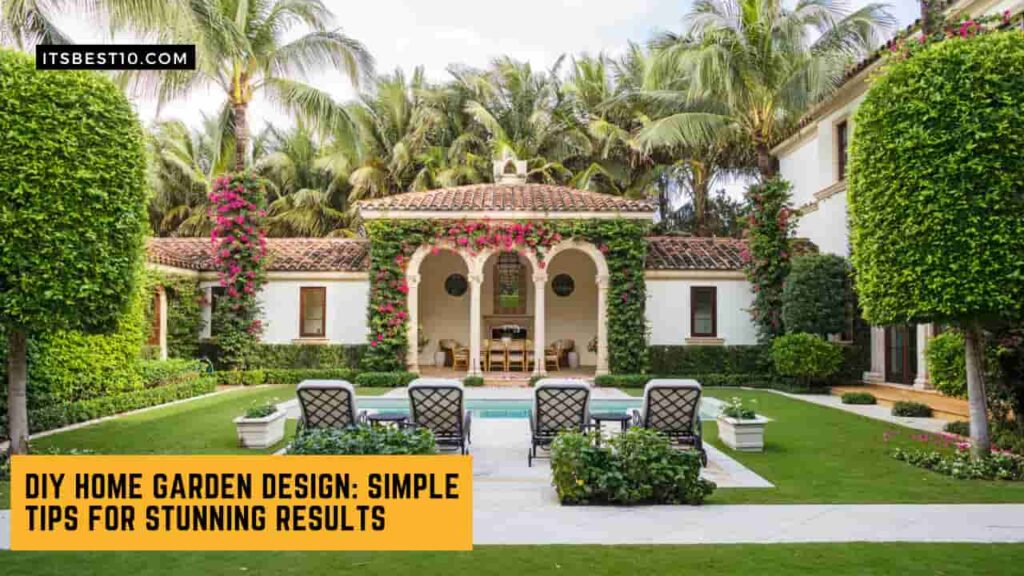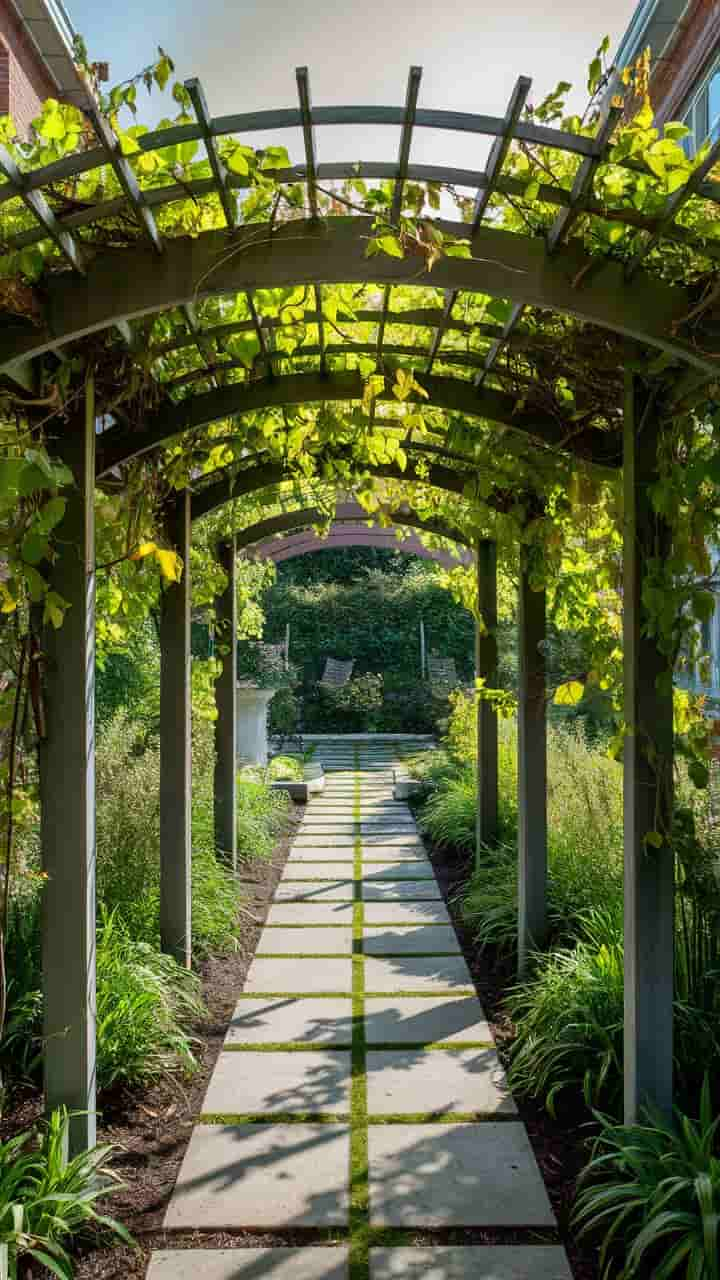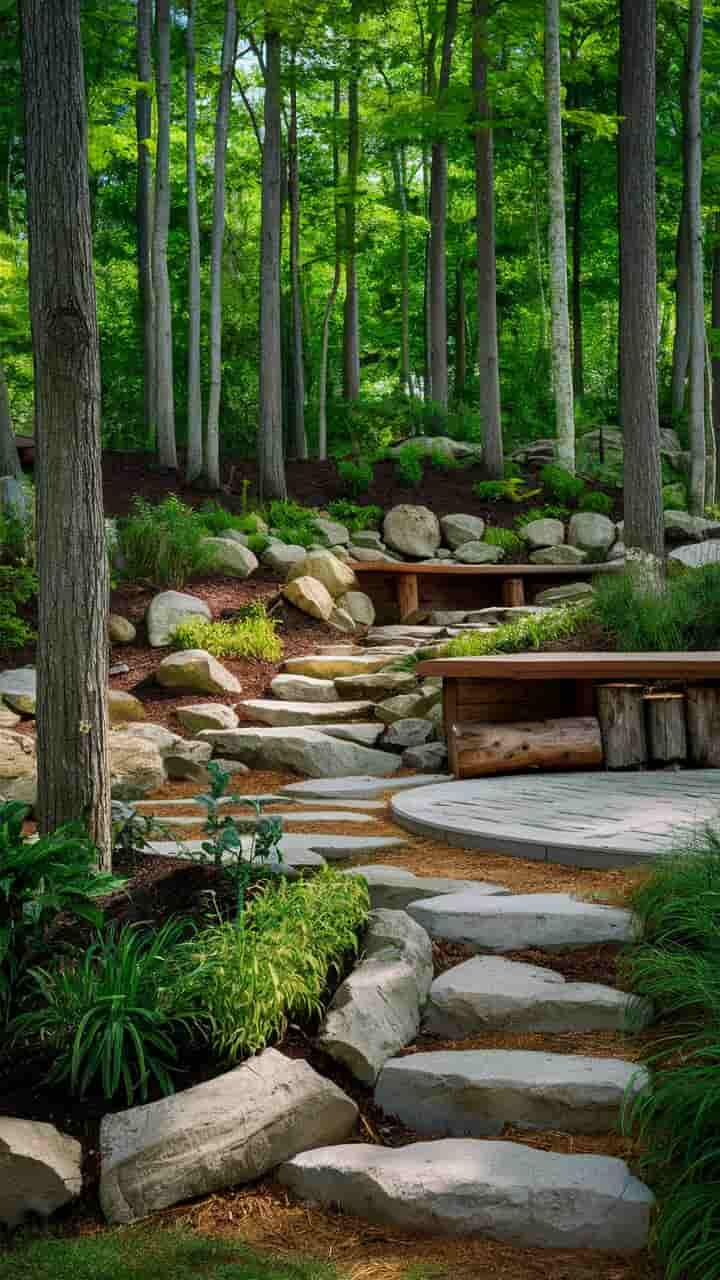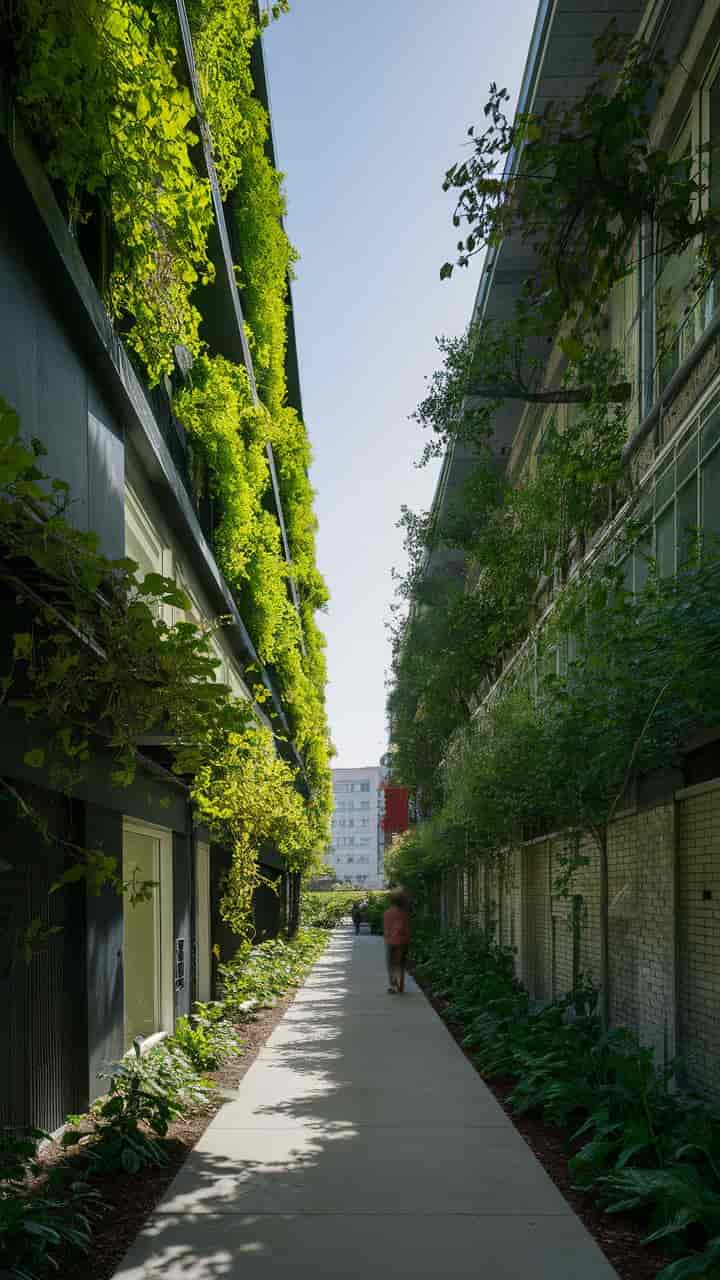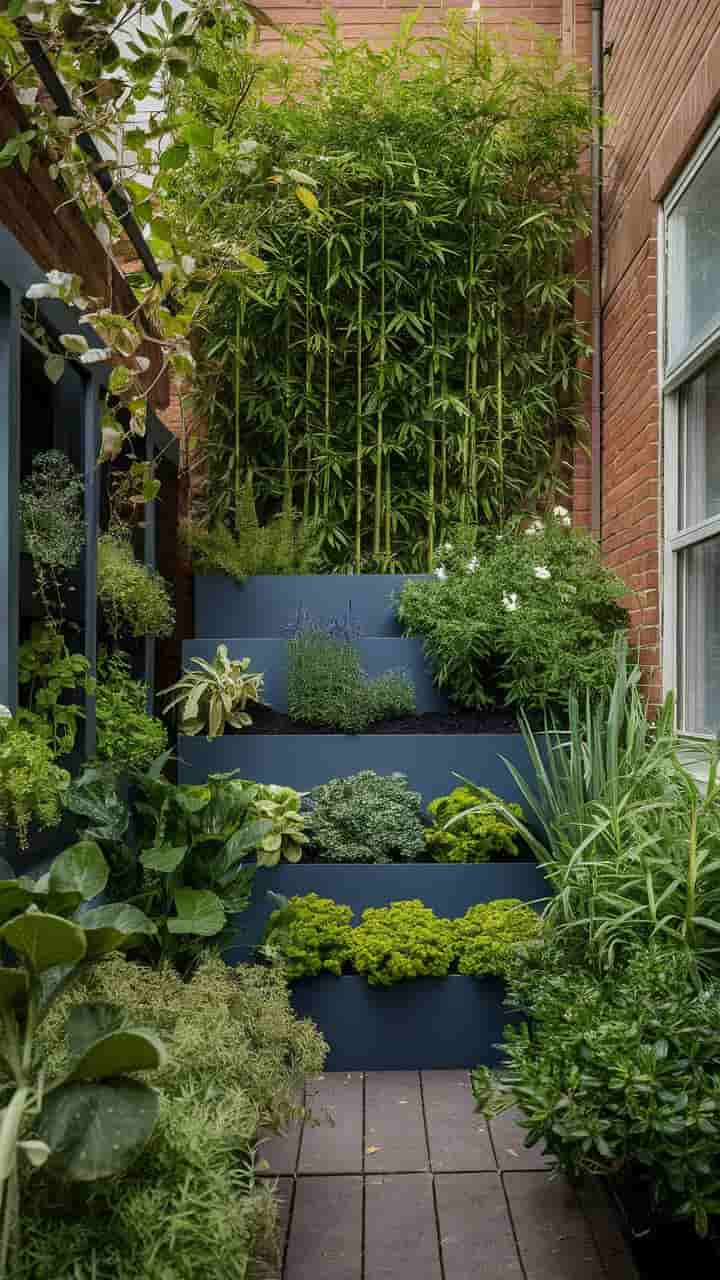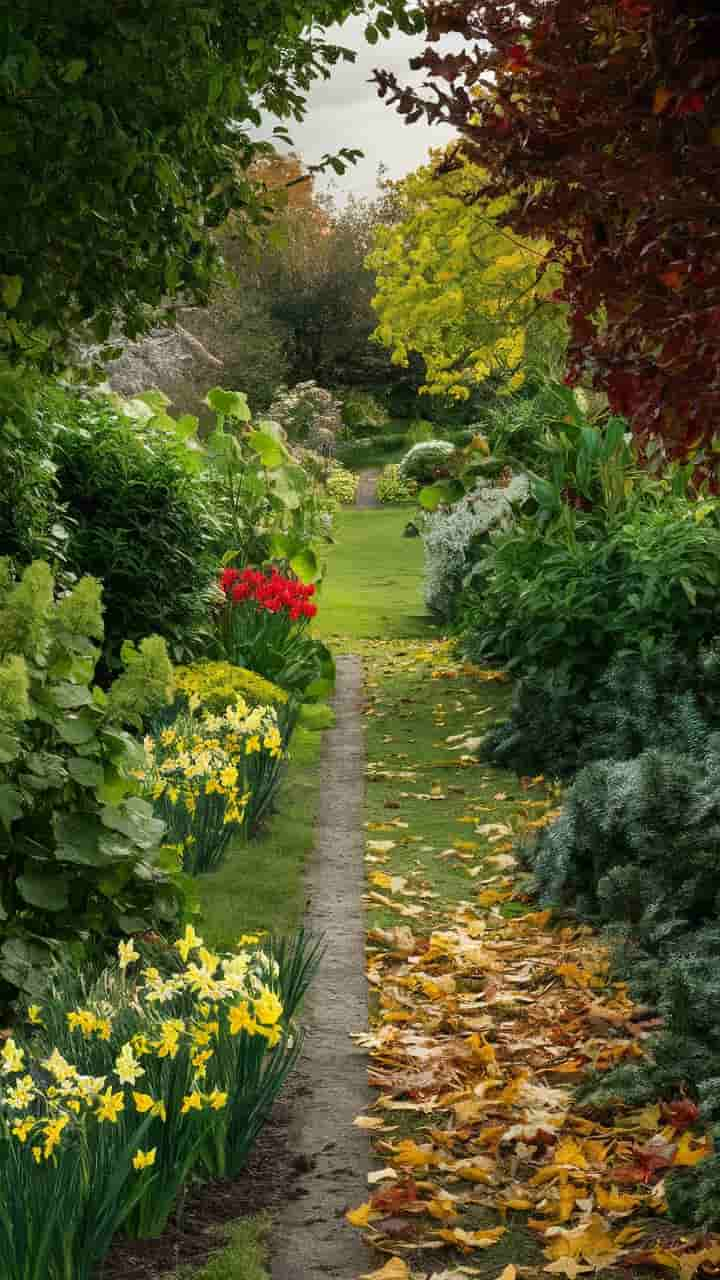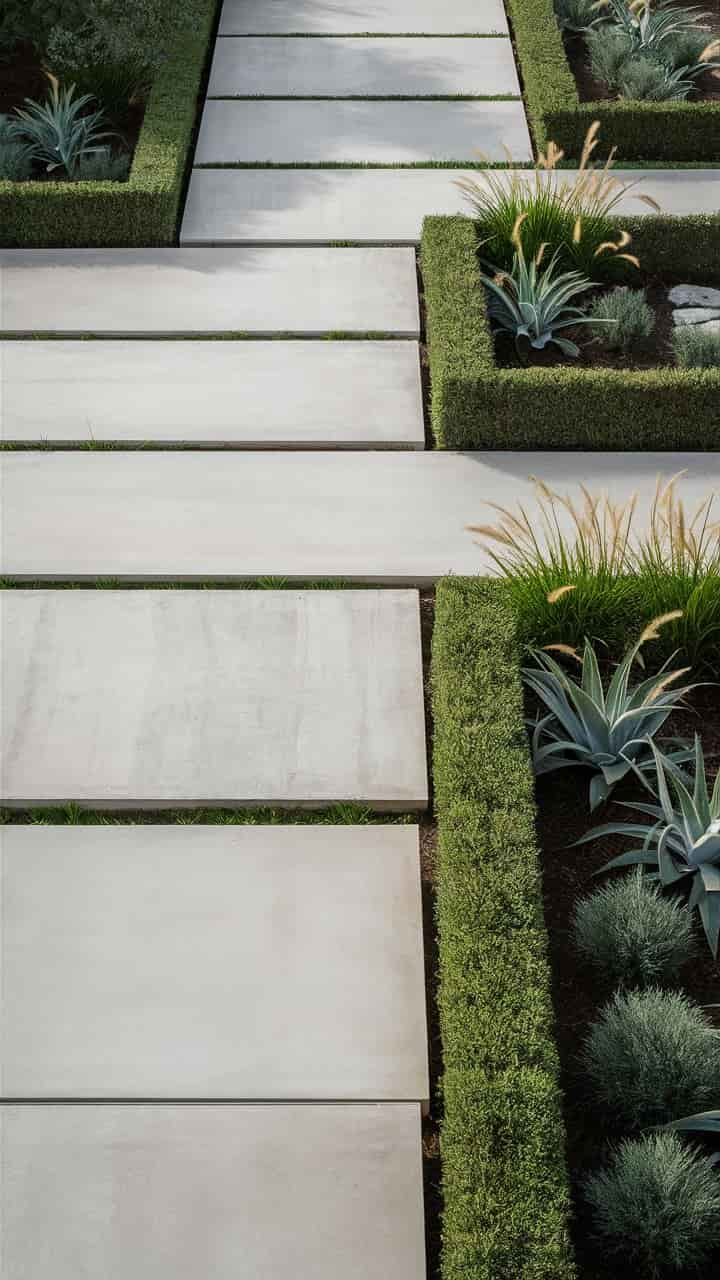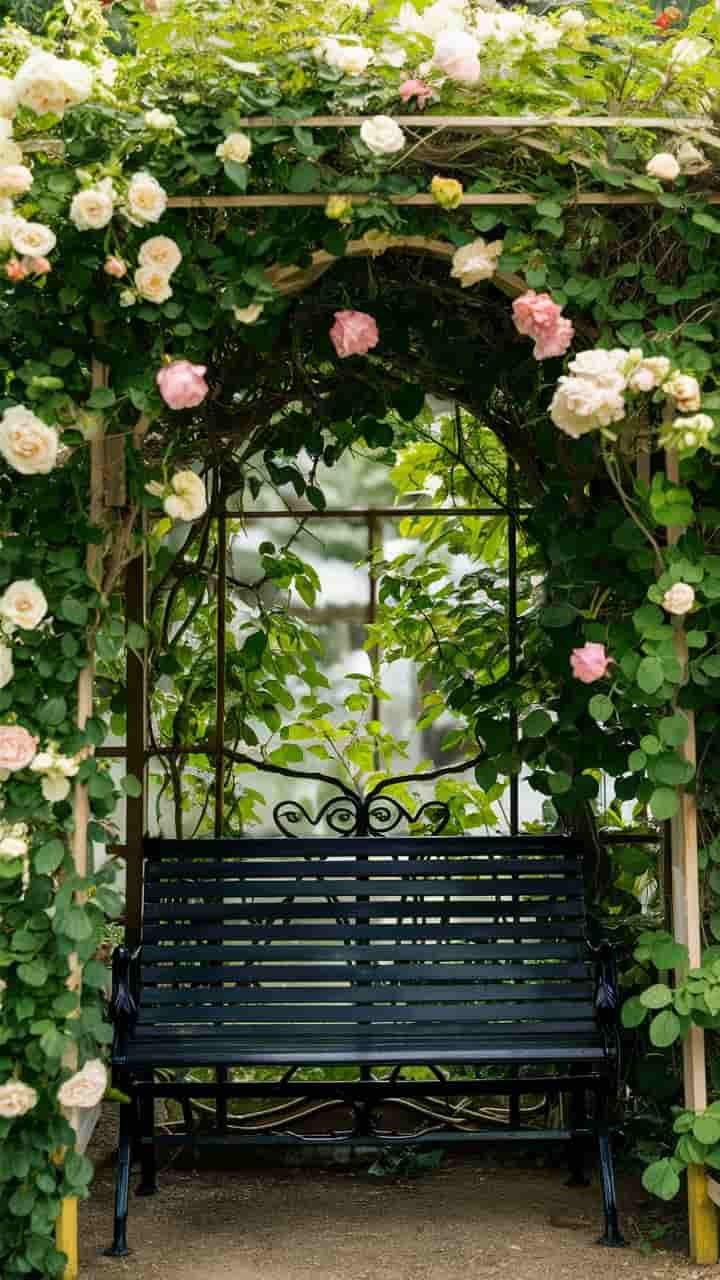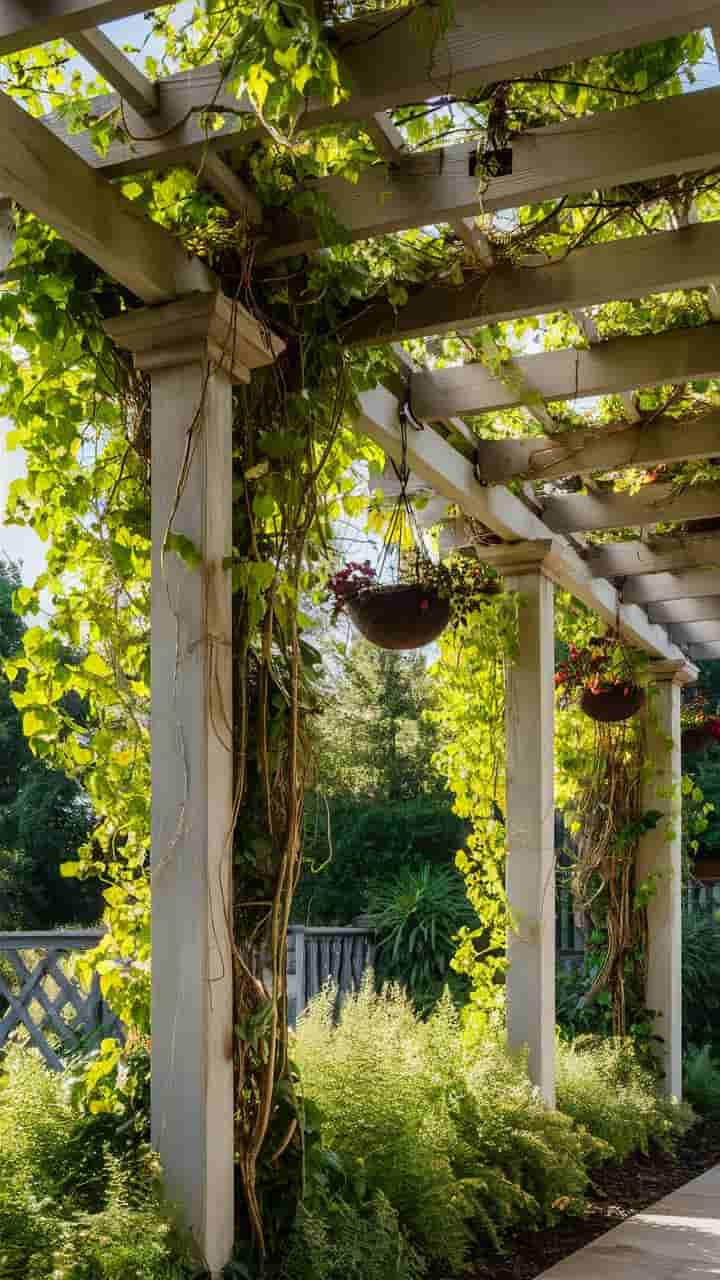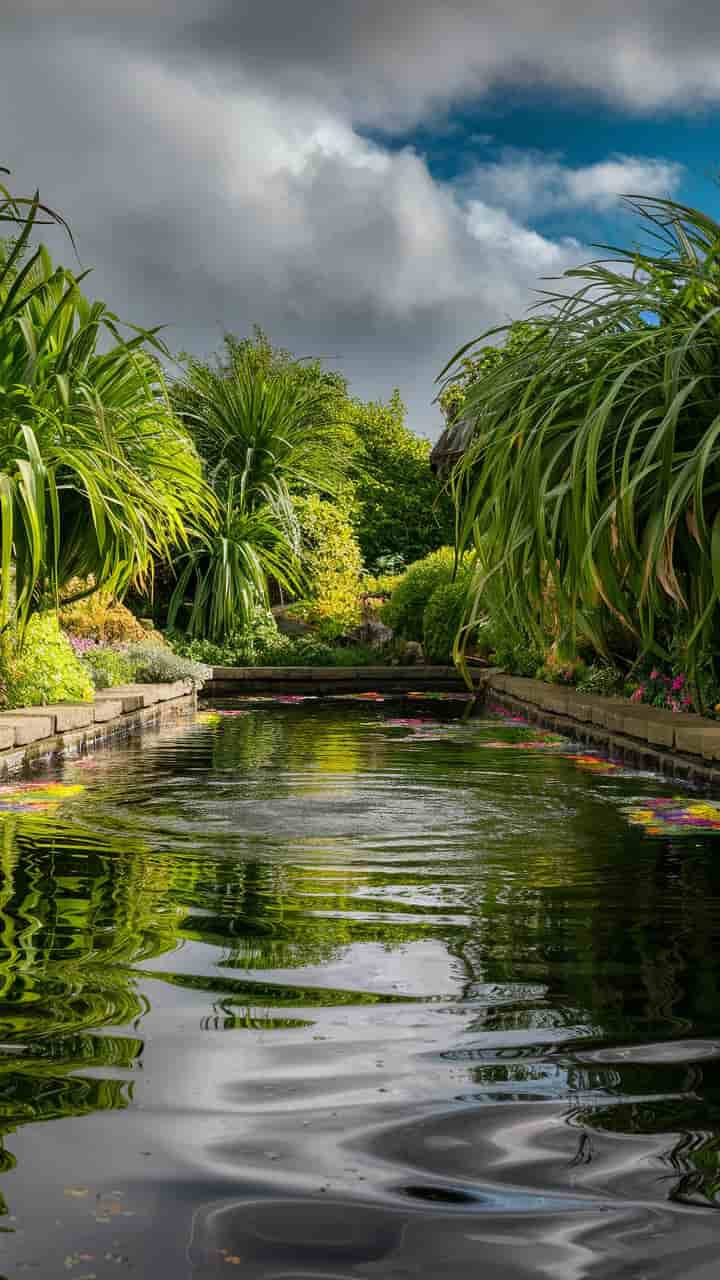Creating a home garden is an enriching endeavor that not only beautifies your living space but also offers a peaceful retreat from the hustle and bustle of daily life.
Whether you’re an experienced gardener or just starting out, designing your garden requires careful thought and planning. Here’s a guide to help you craft a garden that suits your needs and reflects your personal style.
1. Plan Your Space
The first step in any design project is to plan your space thoughtfully. This involves understanding the dimensions and layout of the area you’re working with.
Consider how you want the space to function—whether it’s for relaxation, entertainment, or productivity. Take note of existing features, such as windows, doors, and built-in elements, as these will influence your design decisions.
Planning your space also includes thinking about traffic flow and ensuring that the arrangement allows for easy movement. Proper planning lays the foundation for a cohesive and functional design.
2. Choose a Theme
Selecting a theme is essential to create a unified look and feel in your space. A theme can be inspired by a particular color palette, a specific design style (such as modern, rustic, or vintage), or even a favorite place or era.
By choosing a theme, you set the tone for your design and ensure that all elements—furniture, décor, and accessories—work harmoniously together.
A well-chosen theme not only reflects your personal taste but also helps to create a space that feels intentional and visually pleasing.
3. Consider the Climate
When designing a space, particularly an outdoor area, it’s crucial to consider the climate. The local weather conditions will impact your choice of materials, plants, and even the layout.
For example, if you live in a hot, sunny area, you’ll want to incorporate shade elements, drought-resistant plants, and materials that won’t overheat.
Conversely, in cooler climates, you might prioritize creating sheltered areas and choosing hardy, frost-resistant plants.
Taking the climate into account ensures that your space is not only beautiful but also practical and sustainable.
4. Use Focal Points
Focal points are key elements that draw attention and create visual interest in a space. These could be a stunning piece of artwork, a statement piece of furniture, or a unique architectural feature.
In outdoor spaces, a focal point might be a water feature, a sculpture, or a beautifully arranged group of plants.
By strategically placing focal points, you guide the viewer’s eye through the space, creating a sense of balance and harmony. Focal points also help to anchor the design and can be used to highlight particular areas or views.
5. Layer Your Plants
In both interior and exterior design, layering plants adds depth and texture to the space. This technique involves using a variety of plant sizes, shapes, and colors to create a rich, multi-dimensional look.
Start with taller plants in the background, followed by medium-sized plants, and finally, smaller, ground-covering plants in the foreground.
This layering effect not only enhances the aesthetic appeal but also mimics the natural growth patterns found in nature. Layering plants can transform a flat, uninspired space into a lush, vibrant environment that feels alive and dynamic.
6. Think About Year-Round Interest
When designing a space, particularly an outdoor garden, it’s important to consider how it will look throughout the year.
Choose a variety of plants that offer different textures, colors, and forms across the seasons. For example, evergreens provide structure during the winter, while spring bulbs add vibrant color early in the year.
Summer perennials bring lush blooms, and autumnal foliage offers warm, rich tones. By planning for year-round interest, you ensure that your space remains visually appealing and inviting no matter the season, providing enjoyment all year long.
7. Plan for Pathways
Pathways are essential for guiding movement through a space and connecting different areas. In garden design, well-planned pathways can lead visitors on a journey, highlighting key features and creating a sense of discovery.
Consider the materials used for the pathways, whether it’s gravel, stone, or brick, as they contribute to the overall aesthetic and feel of the space.
The placement and width of pathways should be functional, allowing for comfortable walking while also fitting seamlessly into the design.
Thoughtfully designed pathways enhance the flow and accessibility of the space, making it more enjoyable to navigate.
8. Incorporate Seating Areas
Seating areas are crucial for creating spaces where people can relax, socialize, and enjoy their surroundings. Whether indoors or out, incorporating comfortable and inviting seating allows you to make the most of your space.
Consider the placement of seating areas to take advantage of views, sunlight, and privacy. In an outdoor setting, you might create cozy nooks with benches or lounge chairs surrounded by plants.
Indoors, a well-placed sofa or armchair can serve as a gathering spot or a quiet retreat. Including seating areas adds functionality and encourages people to spend more time in the space.
9. Maximize Vertical Space
Utilizing vertical space is a smart design strategy, especially in areas with limited square footage. Vertical gardens, shelving, and wall-mounted décor are just a few ways to add interest and functionality without taking up valuable floor space.
In outdoor spaces, climbing plants, trellises, and hanging baskets can create lush, green walls that enhance the environment.
Indoors, vertical storage solutions and art displays can help organize and beautify a room. By maximizing vertical space, you can make the most of every inch, adding layers and depth to the design.
10. Maintain Balance and Harmony
Achieving balance and harmony in your design ensures that the space feels cohesive and pleasing to the eye. This involves considering the distribution of colors, textures, shapes, and sizes throughout the area.
Symmetry can be used for a formal, structured look, while asymmetry can create a more relaxed, natural feel.
It’s also important to balance elements like light and shadow, open spaces and filled areas, and hard and soft materials.
Maintaining balance and harmony creates a sense of order and unity, making the space comfortable and inviting for anyone who enters.
Like this post? Share it with your friends!
Suggested Read –
- Know Why Groq AI is Faster than ChatGPT and Gemini
- US Department of Justice Appoints First Chief AI Officer
- Try Best AI Clothes Remover App [Free]: No Waiting, Fast!
- New Light-Powered AI Chips Challenge NVIDIA’s Dominance
- Tyler Perry Pauses $800 Million Studio After Seeing Sora AI Video.
Conclusion
Designing a home garden is a creative and fulfilling project that allows you to express yourself while creating a beautiful and functional outdoor space.
By following these tips, you can develop a garden that meets your needs, reflects your style, and brings joy to your everyday life.
Whether you’re dreaming of a lush, flower-filled paradise or a practical vegetable garden, careful planning and thoughtful design will help you achieve your vision.
